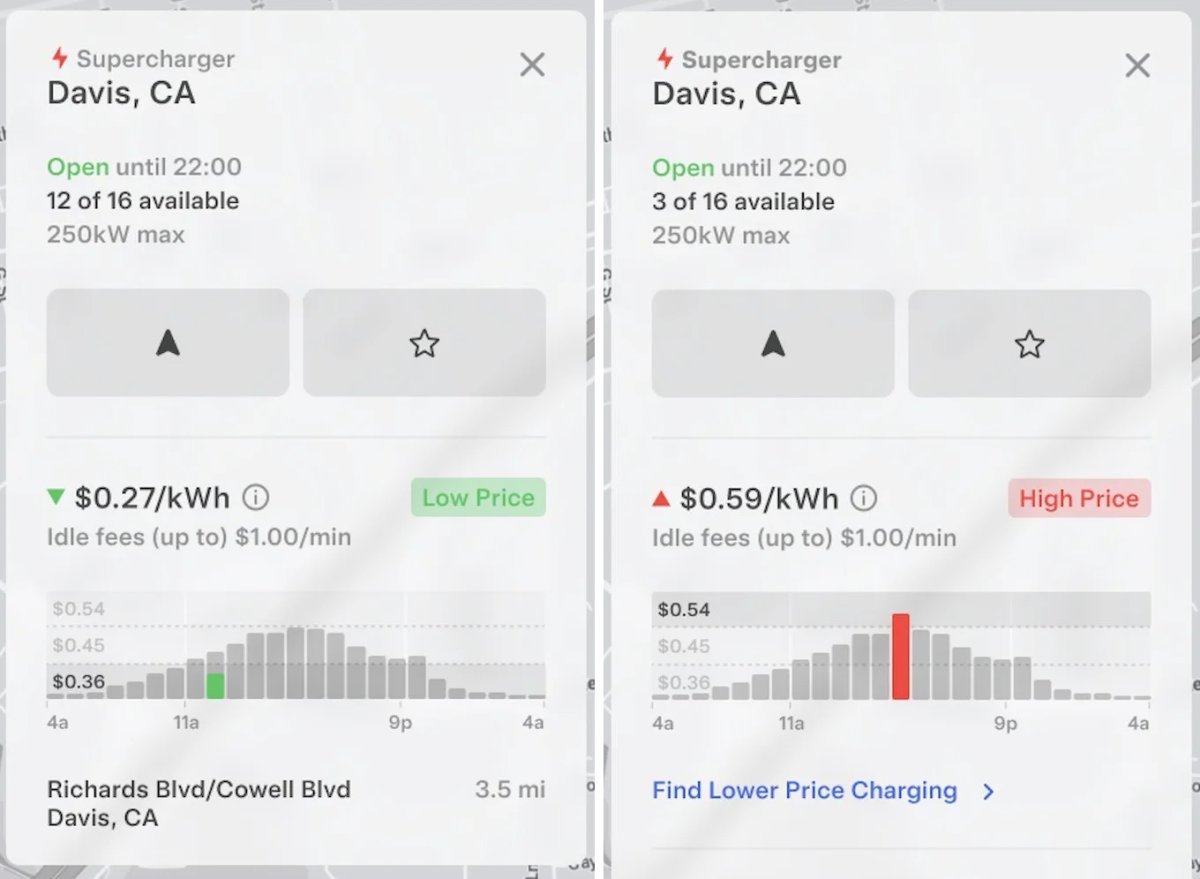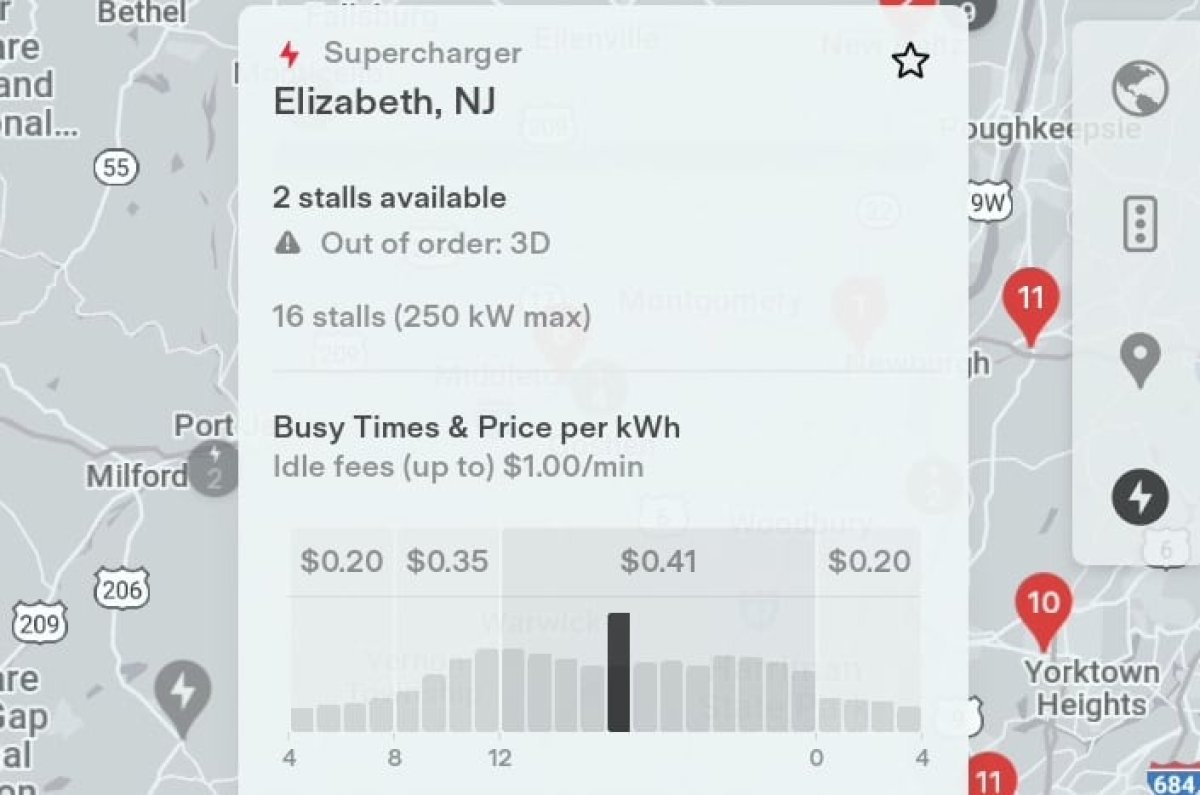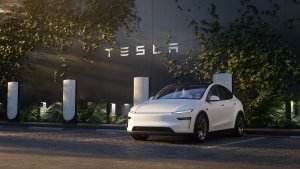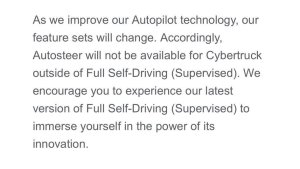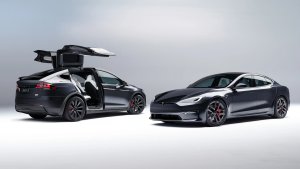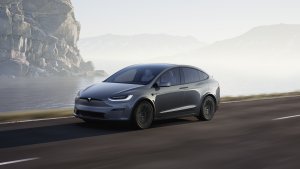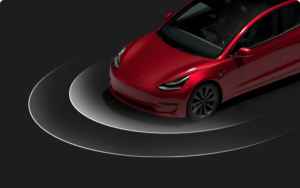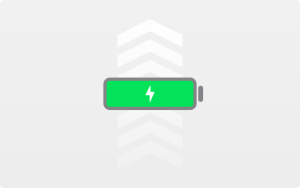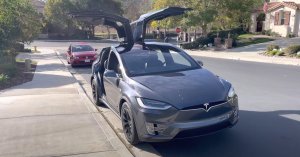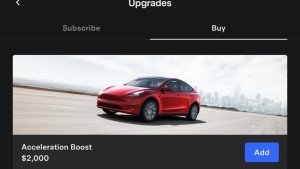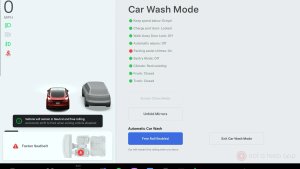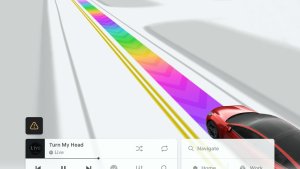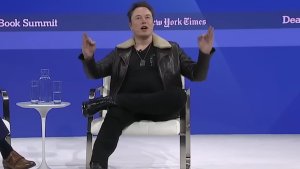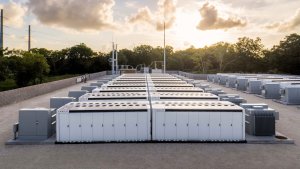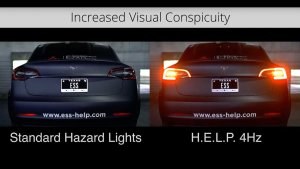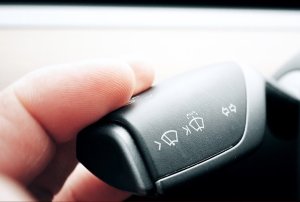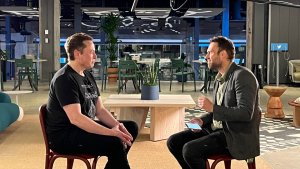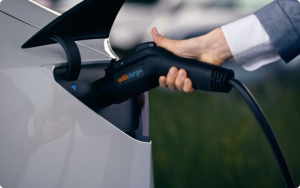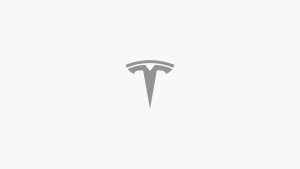New Parking Visualizations and Custom Locking Sounds Also Coming in Tesla's Holiday Update
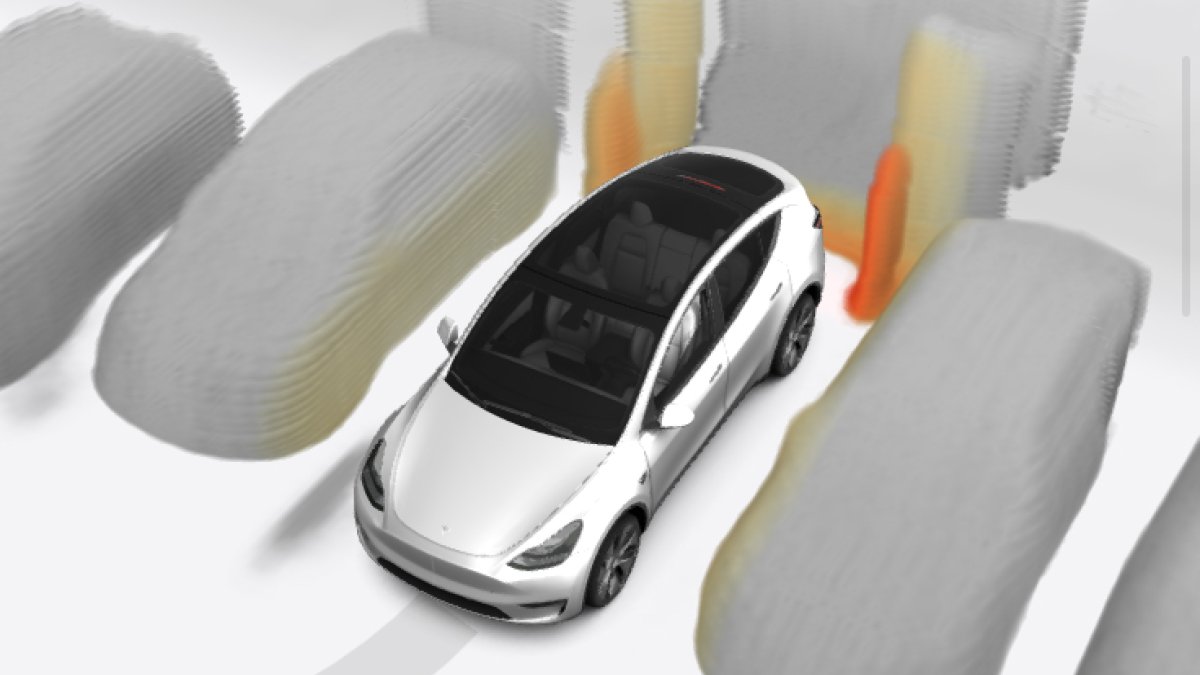
Following initial reactions to Tesla's 2023 Holiday Update, Elon Musk acknowledged the need for improvement, stating, "We need to step up our game." His post on X was followed by Tesla shedding more light on the Holiday Update than what was in the initial leak.
Call me old, but I remember a time when you bought a car, and that was it; the dealer and manufacturer didn’t give you anything else. So is the Tesla community acting a little bit spoiled here? Absolutely. But it also shows how high Tesla has set the bar with its previous Holiday Updates.
Initial Release and Feedback
The initial release of the 2023 Holiday Update, version 2023.44.25, received mixed reactions from the Tesla community, with some owners expressing disappointment over the lack of groundbreaking new features. But the newly announced features may serve as better stocking stuffers.
The initial rollout included something owners have been asking for, the blind spot monitor. The camera that turns on when you change lanes will now have a red color added if there is something in your blind spot. It’s not clear whether it will be accompanied by a tone.
Tesla’s blind spot warning in this year’s holiday update
— Not a Tesla App (@NotATeslaApp) December 7, 2023
pic.twitter.com/kCXj9tP5cM
Here are other features in the leaked update that are being tested by employees:
Navigation and Safety Features: Including symbols for speed cameras, stop signs, and traffic lights in navigation, and the automatic 911 call feature in case of an accident.
Trip Planning via Tesla Mobile App: Allowing for more detailed trip planning, including multiple stops and charging points.
Apple Podcasts Integration: Allowing users to sync with Apple devices for a seamless podcast experience, directly addressing the demand for a richer in-car entertainment system.
New Games and Enhancements: The update brought updates to Tesla Arcade, with Beach Buggy Racing and Polytopia Diplomacy updates, as well as the Vampire Survivors Chilling update.
Light Show Improvements: There’s a new light show that’s included with your vehicle. You’ll also be able to upload several light shows on a single USB drive and pick one from the vehicle, instead of having to use multiple USB drives, one for each light show.
More Live Sentry Mode Cameras: You will now be able to view the B-pillar cameras directly from the Tesla app. This brings the number of viewable cameras in the app up to seven. The only ones still missing are the alternative front-facing cameras that are telephoto and wide-angle, which wouldn’t bring much additional value. Although the B-pillars are viewable in the app with this update, they will still not be used to record during Dashcam or Sentry Mode events.
High-Fidelity Park Assist

In response to the feedback and Musk's statement, Tesla unveiled additional features in its updated holiday update, including an improved park assist with enhanced visualizations.
This feature provides a 3D reconstruction of the vehicle's surroundings while parking, akin to a 360-degree camera system found in other high-end vehicles. The system is clearly leveraging improvements to Tesla Vision to create the surrounding environment, such as cars, pillars and walls.
This feature also appears to change the color of objects depending on how close they are to your vehicle. In the image we can see the pillars are orange, but if we look closer, the object behind the vehicle is also orange near the bottom. The sides of the vehicles next to the Tesla also have a slight hint of orange, indicating their proximity.
However, it looks like this feature may be even better than it initially looks. The vehicles in the image aren’t just predefined 3D models that Tesla created, like the ones used in Autopilot visualizations. These models appear to be dynamically created using vision, so that no two cars would look alike, much more similar to what LiDar is able to achieve. The visualization provides a true representation of the environment around the vehicle. You can see that each vehicle is made up from layers and have blurred edges toward the rear, where the camera would have a hard time seeing.
These 3D models could be a sneak peek at the future of FSD visualizations.
High-Fidelity Park Assist Requirements
A big question on everyone’s mind is who will receive this new park assist feature. Tesla didn’t address this in their post on X besides providing a disclaimer that the features in the holiday release are subject to model and region availability. Tesla often likes to test features in select markets before making them available everywhere. It’s hard to say whether that will be the case here. There likely aren’t any legal ramifications around providing visualizations, so that’s a good sign that this feature will be available in most regions, either in the holiday update, or soon afterward.
However, there are still questions around which models or hardware will be required. From the image shared, we can see it’s offered on a Model Y, removing any speculation of it possibly requiring the HD radar in the new Model S/X. We also don’t think it will require FSD hardware 4.0, so the remaining questions are whether it requires MCU 3, or the FSD package.
Given that Tesla is calling this Park Assist, it doesn’t appear to be linked to Auto Park, which is a FSD package feature. When Tesla rolled out visual and audio alerts for vehicles without ultrasonic sensors, it called the feature Park Assist, and that was available to all owners.
Whether this improved Park Assist feature requires a vehicle with MCU 3 will depend on the level of processing power required. It’ll certainly require more than the current visualizations given that its building the scene in real-time, so we’re hopeful that it’ll work on MCU 2 vehicles too, but we just don’t have enough information right now to make the call.
Custom Lock Sounds
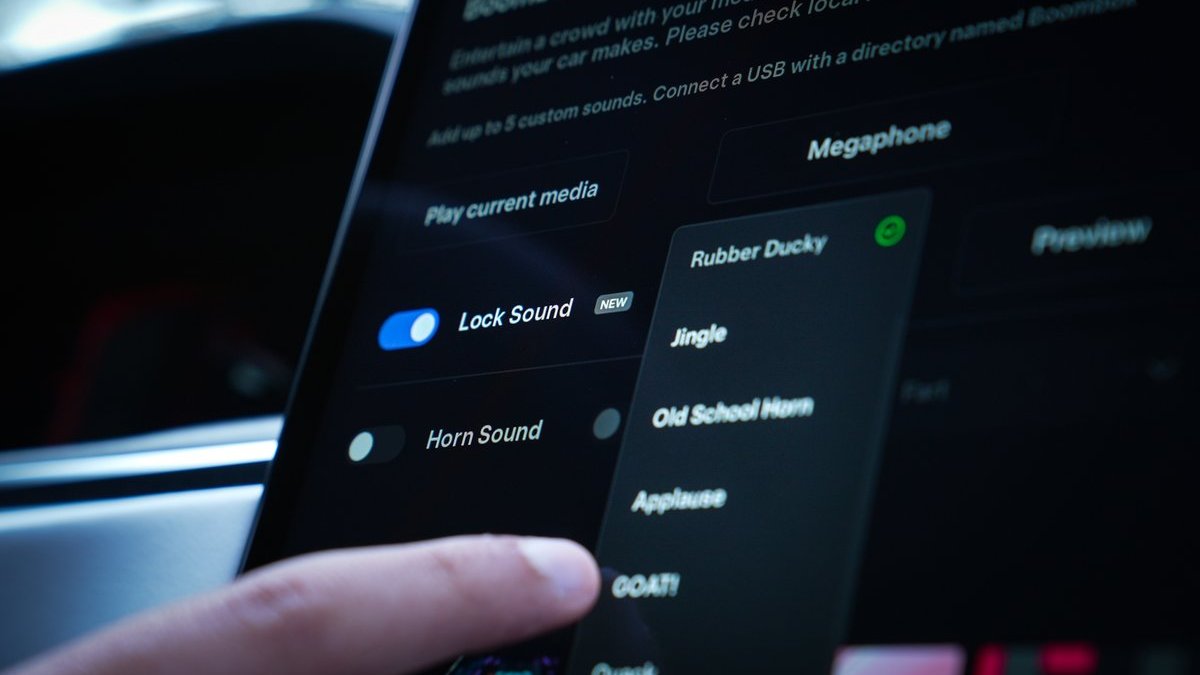
Tesla also announced a fun and whimsical feature that allows owners to customize the lock sound of their Tesla. No longer will you need to listen to the car’s horn when it locks as you walk away. Now you’ll be able to customize the lock sound of the vehicle. Tesla is including several options, including sounds like a screaming goat, a jingle, a rubber ducky, a quack sound, an old school horn and applause. However, you’ll also be able to upload your own file to create a truly unique experience.
You can pick anything, from a bird’s tweet to a favorite video game sound. You’ll only be limited by the maximum upload file size, which according to a Tesla engineer, is a 1MB file in WAV format, which is roughly about 40 seconds at good quality.
This feature is possible due to the vehicle’s external pedestrian warning speaker. So if you have Tesla’s Boombox feature or your vehicle makes a sound when traveling under 20 MPH, then you should receive this fun enhancement.
Rear Seat Audio and Gaming

Enhancing the Tesla Arcade experience, passengers in the rear seats can now play games on the rear touchscreen. This feature, especially when paired with Tesla Arcade’s compatibility with PS4, PS5, Xbox Controllers, and rear-screen Bluetooth Headsets, is a welcome addition for families and long trips.
Much like the new Model 3, which received rear audio over Bluetooth support in the 2023.38 update, the new Model S and Model X will also receive this ability in the holiday update.
New Game - Castle Doombad
Tesla announced one other feature in the 2023 holiday update that hadn’t been previously leaked, and that’s a new game called Castle Doombad. Castle Doombad is a single player tower defense, puzzle-like game that’s currently available on iOS and Android, but has an upcoming release on PC and the Nintendo Switch. This game is expected to require MCU 3.
Release Timeline
The rollout of the 2023 Holiday Update is expected to follow a similar timeline to last year. Tesla announced that the update will roll out starting next week. However, it’s not clear whether this will also include FSD Beta testers that are on a 2023.27 update.
Looking back at the 2022 Holiday Update, it started on December 13 and took about a week to get to the entire fleet.
Speculation on Future Features
Like a spoiled child on Christmas morning, Tesla owners still ask, “Is that it?” Well… possibly, but there may be more to look forward to early next year as Tesla builds off of the new High-Fidelity Park Assist feature.
Advanced Smart Summon: Upgrading the Smart Summon feature to be more intuitive and efficient, especially in complex parking scenarios.
Reverse Summon / Park Seek: What happened to Tesla dropping its passengers and driver off at the location and then finding a parking spot on its own?
Enhanced FSD Visualizations: Expanding the Full Self-Driving visualizations to more regions or models or completely recreating the FSD visualizations using the same neural networks Tesla is using for the High-Fidelity Park Assist feature.












